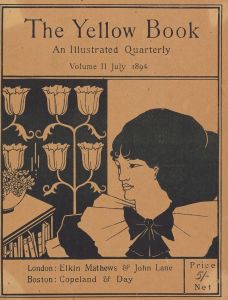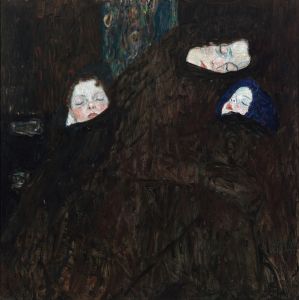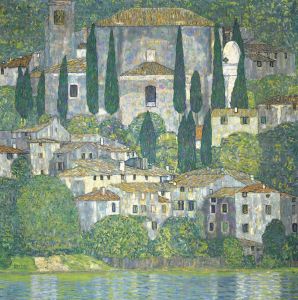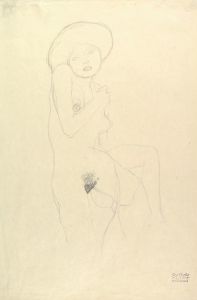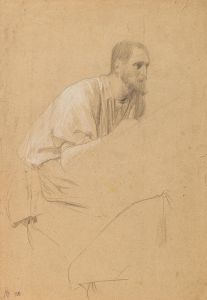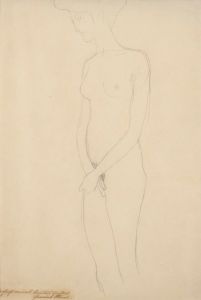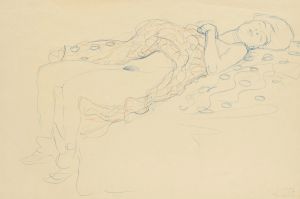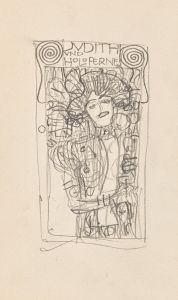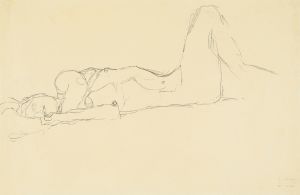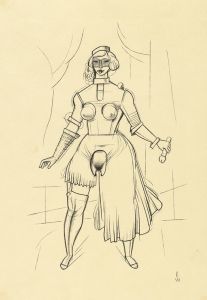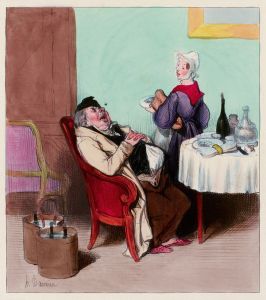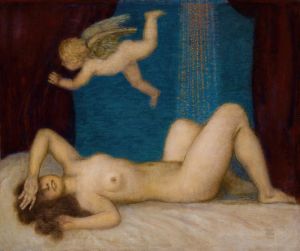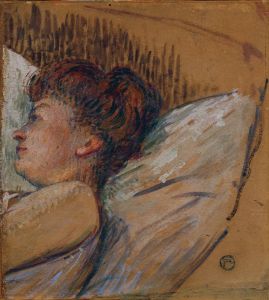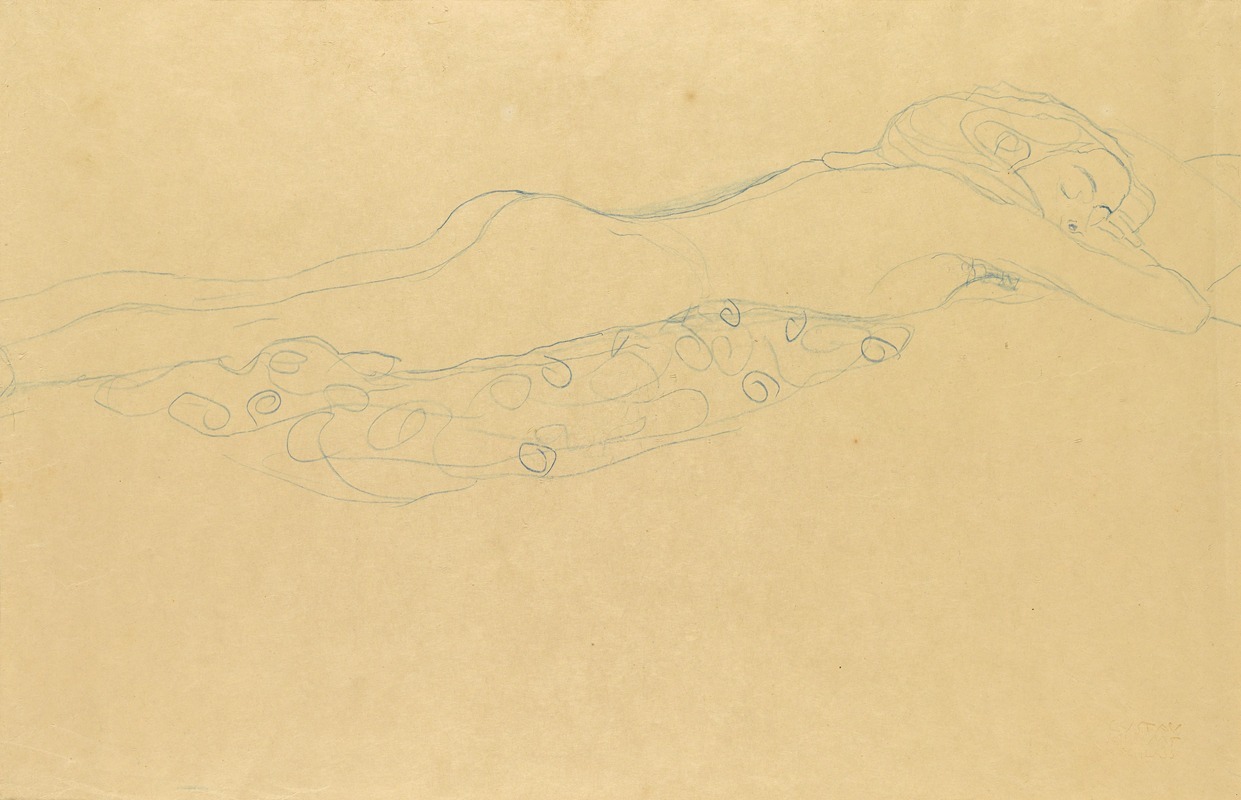
Skizze zu Wasserschlangen II
A hand-painted replica of Gustav Klimt’s masterpiece Skizze zu Wasserschlangen II, meticulously crafted by professional artists to capture the true essence of the original. Each piece is created with museum-quality canvas and rare mineral pigments, carefully painted by experienced artists with delicate brushstrokes and rich, layered colors to perfectly recreate the texture of the original artwork. Unlike machine-printed reproductions, this hand-painted version brings the painting to life, infused with the artist’s emotions and skill in every stroke. Whether for personal collection or home decoration, it instantly elevates the artistic atmosphere of any space.
"Skizze zu Wasserschlangen II" (Sketch for Water Serpents II) is a preparatory drawing by the renowned Austrian Symbolist painter Gustav Klimt. This sketch is associated with Klimt's painting "Wasserschlangen II" (Water Serpents II), which is part of a series that explores themes of sensuality, femininity, and the natural world. Klimt, a leading figure of the Vienna Secession movement, is celebrated for his distinctive style that combines symbolic subject matter with elaborate ornamentation.
Gustav Klimt was born on July 14, 1862, in Baumgarten, near Vienna, Austria. He was a prominent member of the Vienna Secession, a group of artists who broke away from the traditional academic art institutions in Austria in the late 19th century. Klimt's work is characterized by its use of gold leaf, intricate patterns, and erotic themes, often depicting the female form in a highly stylized manner.
The "Wasserschlangen" series, which includes "Wasserschlangen I" and "Wasserschlangen II," was created during a period when Klimt was deeply engaged with the exploration of female beauty and intimacy. These works are known for their dreamlike quality and the depiction of women in fluid, aquatic environments. The series reflects Klimt's fascination with the natural world and his interest in the interplay between human figures and their surroundings.
"Skizze zu Wasserschlangen II" serves as a preparatory study for the final painting, providing insight into Klimt's creative process. The sketch likely helped Klimt to experiment with composition, form, and the arrangement of figures before executing the final work. Such sketches were an integral part of Klimt's artistic practice, allowing him to refine his ideas and develop the intricate details that characterize his paintings.
The final painting, "Wasserschlangen II," completed around 1904-1907, is noted for its rich use of color and decorative elements. It features intertwined female figures surrounded by a tapestry of aquatic motifs, emphasizing the fluidity and sensuality that are hallmarks of Klimt's style. The painting, like many of Klimt's works, celebrates the beauty and complexity of the female form, while also incorporating elements of mythology and symbolism.
Klimt's work, including the "Wasserschlangen" series, has been the subject of extensive analysis and interpretation. His art is often seen as a reflection of the changing attitudes towards sexuality and gender roles in early 20th-century Vienna. Klimt's ability to blend eroticism with artistic innovation has made his work enduringly popular and influential.
Today, Gustav Klimt is regarded as one of the most important artists of the Art Nouveau movement. His works are held in high esteem and are featured in major art collections around the world. The "Wasserschlangen" series, in particular, continues to captivate audiences with its beauty and complexity, and "Skizze zu Wasserschlangen II" remains an important piece for understanding Klimt's artistic journey and the development of his iconic style.





